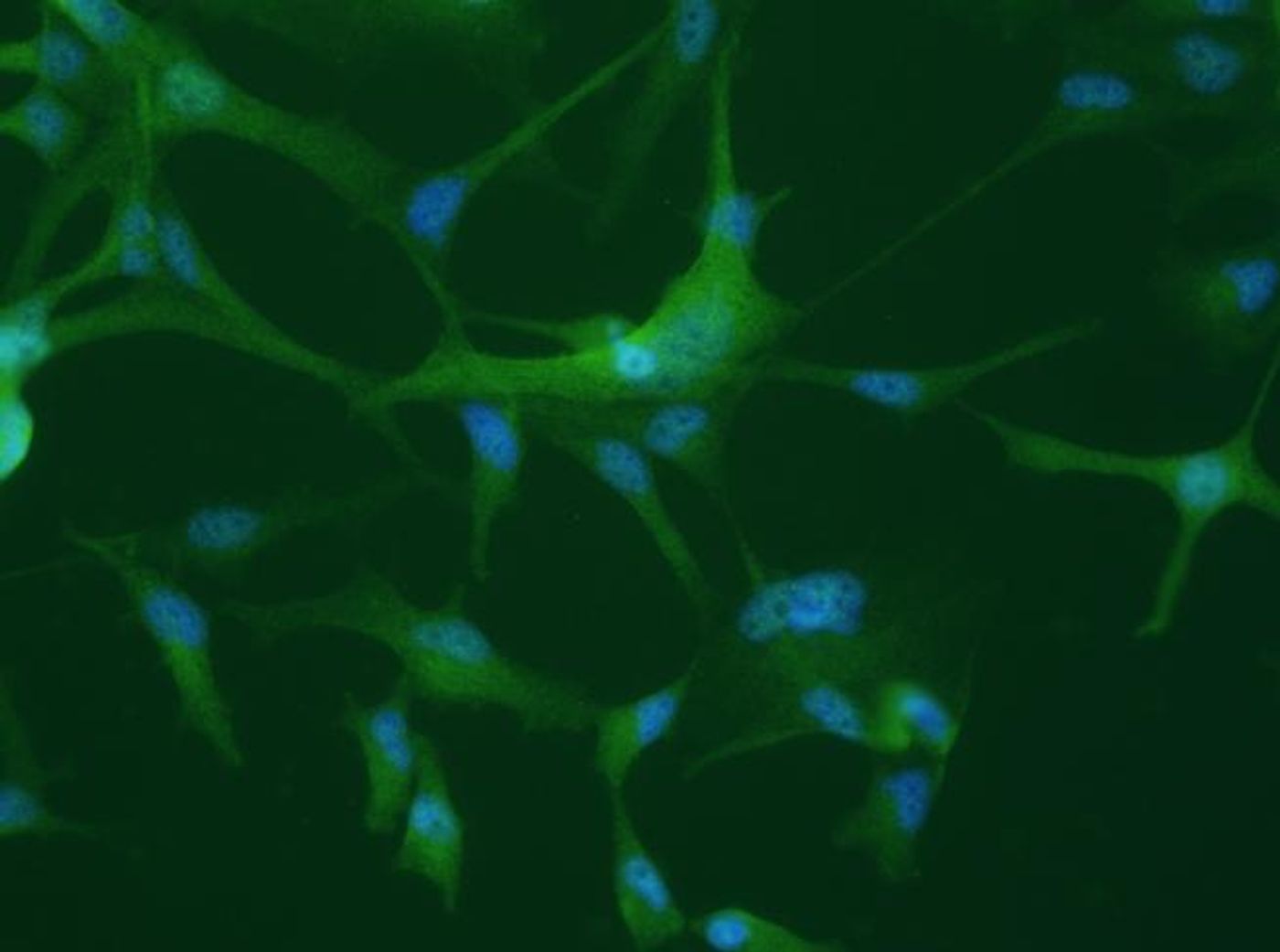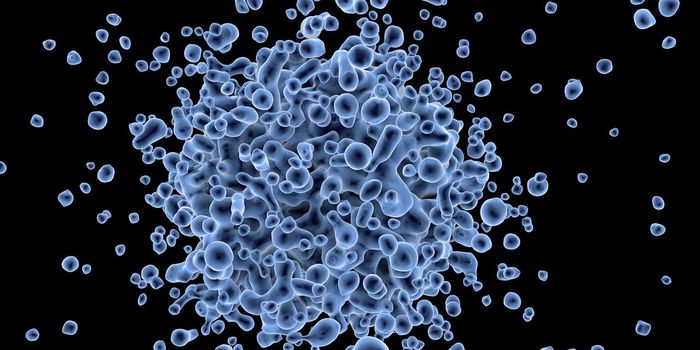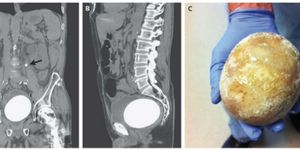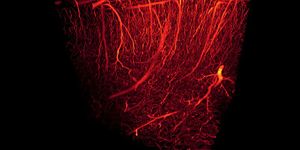Aberrant mRNA Processing may Underlie Schizophrenia
Schizophrenia affects around 200,000 people in the United States, and millions more worldwide; it can be a very serious disease. Little is known, however, about the mechanisms that underlie the disorder. New work reported in Molecular Neuropsychiatry has indicated that dysfunction in an important cellular complex called the spliceosome could be a cause of schizophrenia, which can result in delusions, hallucinations, and movement or thought disorders.
"Our study is the first to link the spliceosome with the disease," noted principal investigator of this work, Daniel Martins-de-Souza, a Professor in the Biology Institute of the University of Campinas (IB-UNICAMP), São Paulo State. mRNA splicing is outlined in the video.
Our cells translate genetic information into intermediary molecules called messenger RNA (mRNA), which are then translated into the many proteins that are critical to our physiology. mRNA undergoes processing after it’s made; a protein complex called the spliceosome acts to edit out non-coding portions of the mRNA transcript. The first author of the work and doctoral candidate Verônica Saia-Cereda, suggested that when there are malfunctions in the processing machinery, the resulting proteins are not properly made. That can lead to untold numbers of unknown consequences throughout an organism.
For this work, the researchers analyzed postmortem brain tissue of eight healthy people and twelve with schizophrenia. A high level of proteins with altered expression was detected in two parts of the brain that have been associated previously with schizophrenia, the anterior temporal lobe and corpus callous.
"The anterior temporal lobe is involved in auditory and visual processing, so it's closely linked to symptoms such as psychosis and hallucinations. The corpus callosum is the brain region that contains the most glial cells," Martins-de-Souza explained.
119 differentially expressed proteins were found in the corpus callosum. Saia-Cereda revealed that the majority function in calcium-mediated cellular signaling. 224 differentially expressed proteins were found in the anterior temporal lobe. Some of the proteins with altered expression were nuclear proteins, and in the anterior temporal lobe, eight have roles in spliceosome function. That group includes heterogeneous nuclear ribonucleoprotein (hnRNP) proteins, and it has been established that hnRNP protein expression is aberrant in schizophrenics.
"Subsequent studies performed by other groups on the basis of our findings showed in animal and cellular models that alterations in hnRNPs do indeed interfere in the neuron myelination process and may impair cerebral connectivity,” said Martins-de-Souza. “Therefore, this may be the genesis of the myelination dysfunctions associated with schizophrenia,"
Investigators are also trying to identify proteins that associate with hnRNPs in mRNA processing, to see if they are also altered in schizophrenia patients. "The next step will be to try to modulate the expression of these molecules in the laboratory and observe how the spliceosome functions when some of them are inhibited," continued Martins-de-Souza. "The idea is to try to find the cause of this dysregulation of the spliceosome. Depending on the results, it's possible that some of these proteins can be tested as therapeutic targets."
Sources: AAAS/Eurekalert! Via São Paulo Research Foundation (FAPESP), National Institute of Mental Health, Molecular Psychiatry









